|
I spent my morning putting together the video of last Friday's field work. The work continue to go well, even as things become more and more complicated. We've started dealing with the Late Archaic features, the excavation of which is my primary research goal this semester. I had to rush a bit on the editing of this one for personal reasons, but it's done and posted. Enjoy! We had an eventful day in the field last Friday, so this week's video is longer than usual. Every project like this reaches what feels like a "hinge point" where you can start accurately sizing up what you can and can't get accomplished. We won't be able to do everything I wanted to do at 38FA608 this semester, but we'll be able to do a lot of it. Fingers crossed the weather continues to cooperate. We finally took the large rocks out of the floor of Unit 5. One of them turned out to be something unexpected (I won't spoil is so you can enjoy the moment with us on the video). The other turned out to be . . . well, watch the video for that also. My arms and hands began blooming with poison ivy rash at about 2:00 on Saturday morning. Last week it took a couple of days before I started to feel the irritation. My folk theory is that the lack of rain allows the oils to build up and concentrate. Spring is aggressive and early here: plants and animals move into the excavation areas during our week-long absences from the site. Enjoy the video! I'm sorry to announce that the field school did not make it into the field last Friday. Having spent the entire week dealing with the flu in our household, I was worn out and probably still contagious. It would not have been responsible of me to expose my students to the virus, so I made the executive decision to stand down for the week.
In lieu of going in the field, I gave the students a three part reading assignment to help them understand the context of what we're doing at 38FA608: Part 1: Review last season’s fieldwork Please read through my weekly blog posts (listed here) from last season’s excavations to familiarize yourself with what we did and why we did it that way. This will help you better understand the purpose of what you are doing in this year’s excavations. Part 2: Familiarize yourself with basic vocabulary used to describe sediments and basic concepts of sediment deposition and soil formation Please read the following two documents online, keeping in mind what you know so far about the site where we are working: “Guide to Texture by Feel” (USDA) and “Soil Formation” (LSU). Being able to competently identify and describe sediments and understand what differences in color and texture might mean is important to being a good excavator. Part 3: Understand the general geomorphological setting of 38FA608 Please read this short article on natural levees and have a look at this paper about the formation of lamellae in sandy sediments. The lamellae paper is fairly technical, so don’t be discouraged: try to understand what the authors are saying about the formation of lamellae (which we have in abundance at 38FA608 in the deeper zones) and what they might be telling us. Last year, I wrote a blog post after every day of field school. This year I'm going to try something different. My plan is to create a short (5-10 minute) video that shows and describes our activities each day in the field. While the blog posts were useful for both research and public communication (and I plan to write when I need to talk about particular things in more detail), I think I might be able to expand my audience by making our work accessible through video. I hope to have a video from each Friday posted by the following Monday on my YouTube channel. Here's the first installment. Enjoy!
I recently announced the return of the Broad River Archaeological Field School for the spring semester of 2018. Student registration begins in November, and the logistical and strategic wheels are in motion. This week I received radiocarbon dating results from two samples I submitted to Beta Analytic. Radiocarbon dates are not cheap (about $600 for an AMS analysis that returns an age estimate from a very small sample), and I am grateful to a private donor who supplied funds to date one of the samples from 38FA608. Here are the date results on a generalized figure of the stratigraphy at 38FA608 as I currently understand it (based on profiles of Units 1, 2, 9, 11, and the original machine cut): The date for Zone 7 -- from a single piece of charcoal that Jim Legg picked out of the profile of Unit 9 -- came back right at the Middle/Late Archaic transition. It's a date that's consistent with Zone 7 being related to the Guilford point fragments that we've gotten from the site (only one of which has actually been found in situ). Thus my original suspicion of a Middle Archaic age for Zone 7 is supported. The date for the Zone 19 sample, however . . . was a bit of a surprise. It also came back as Middle Archaic in age, about 700-800 calendar years older than Zone 7. I only wrote briefly about Unit 11, which I and several volunteers put in after field school to get our first good look at what is beneath the deposits exposed by the original machine cut. There wasn't much material until we neared the boundary of a seasonal water table. Right above that, there were some large cobbles and a very light scattering of small, angular quartz fragments. As I wrote back in May, none of the cobbles appears to have been modified (at least based on a macro inspection), and none of the pieces of angular quartz is a slam dunk for a human-made stone tool. Other than human deposition, however, I can't think of a good explanation for how that material got there -- it is so unlike its sandy matrix in terms of size that it could not have been transported by the same mechanism. I dated a single piece of charcoal plucked from the wall of Unit 11 (FS 1318) from a zone beneath the "cultural" material in an attempt to learn something about where those deposits might be in time. Given what seemed to be a fairly regular accumulation of the sand from the Middle Archaic though the Woodland period, I was expecting an Early Holocene rather than a Middle Holocene age -- I thought we might be looking at the edge of an Early Archaic deposit.
There are two main possibilities for the date: (1) it accurately dates the age of Zone 19; or (2) it doesn't. It's possible that that piece of charcoal worked it's way down through the sand from a higher elevation, perhaps through bioturbation (movement by animals or roots). There's no obvious signs of intrusion from where the sample was taken, but that doesn't mean much in these old sands: we wouldn't necessarily expect that subtle signs of intrusion would be discernible in these kinds of sediments after 6000 years. So the date could be "bad" in the sense that it isn't giving us the age of the deposit. I think it's entirely possible, however, that it is accurate. While the idea of a slow and steady accumulation of sand over the course of the Archaic is appealing, there's no reason to assume that that's how it went down. It's possible that rates of deposition varied. The levee could have aggraded more rapidly during the Middle Holocene, perhaps as a function of both Middle Holocene climate and the lower elevation of the existing surface at that time (making it easier for the landform to be over-topped by flood waters). If Zone 19 really dates to around 4700 BC, the deposits in Zone 15 could be related to a deeply-buried Morrow Mountain occupation. Investigating the deep deposits at 38FA608 is a top priority for excavations in the spring. Stay tuned! I'm happy to announce that I'll be teaching an archaeological field school again during the Spring semester. We'll be returning to site 38FA608 in Fairfield County, South Carolina, for a second season of fieldwork. The course will be listed as ANTH 322 (722 for graduate students) and the basic details will remain the same: every Friday from 8:00-4:00, transportation provided. You can learn all about last year's adventures through blog posts on the Broad River Archaeological Field School website and through a summary article in Legacy. The Spring 2017 field season helped us learn a tremendous amount about the natural and cultural deposits at 38FA608. The discovery of a buried Mack (Late Archaic/Early Woodland, ca. 2000 BC) component was one of the big surprises. There is also evidence of a slightly earlier Savannah River component (perhaps represented by several intact pit features). There are tantalizing suggestions of a deeply-buried component that could date to the Early Archaic period. The basic laboratory processing of the materials from 2017 has been completed, and I'm working on an analysis as time permits. I sent to radiocarbon samples off to Beta Analytic last week (one from the deeply buried zone that I'm betting is Middle Archaic in age, and one from the lowest zone exposed in our post-field school Unit 11 excavations last May).
The 2017 field season has set us up very nicely for work in 2018. My two main goals are to: (1) excavate several of the pit features that almost certainly belong to the Mack and/or Savannah River components; and (2) make a more extensive exploration of the deep deposits. The feature excavations will involve both re-opening and expanding the "upstairs" block as well as working along the profile wall to salvage the features that were exposed by the old machine cut. Investigating the deep component will require some engineering to protect ongoing work from water, both from above and flowing into the air. I've got a plan for that and it involves sandbags. We are, after all, not lacking in sand. I've got some strategic, monetary, and logistical issues to work out before January. I'll keep you posted as my plans develop and as analysis of the 2017 materials moves along. In the meantime, here's a quick diagram illustrating what I have in mind. I've spent the last couple of weeks on a family vacation to northeast Ohio, southeast Michigan, and the Upper Peninsula. I'm back in Columbia now, armed with a long mental list of things I'd like to do and talk about over the next few months. As I know from past experience that my eyes are often bigger than my stomach, I'll keep the specific list to myself for now. I'll just say it includes some real archaeology, some fake "archaeology," some ecological observations, some politics, some music, some art stuff, and possibly some ponderings about a spaceship cult. Here's some real archaeology to start.
With the Spring 2017 semester in the books, I have developed an allergy to firing up my laptop. I apologize if you wrote me an email and I didn't answer. Anyway, I've got all sorts of things worth writing about but very little desire to actually spend time writing about them. So I'll just post some highlight blurbs and photos. 38FA608: What's in the Basement? I spent last week with several student volunteers (I named them Deep Team 11) excavating a unit in the "downstairs" portion of 38FA608 (the site of the Broad River Archaeological Field School). The goal of the excavation was to learn something about what lies beneath the deposits exposed in the deep profile. If you followed along with my weekly blog posts during field school, you know that we made two attempts to excavate units (Units 7 and 10) below the wall. The area near the wall is artificially low and the matrix is soft sand: water that collected during two heavy rains significantly damaged both units and I gave up trying to excavate there on a one-day-per-week schedule. Our new unit (Unit 11) was a 2 x 1.5 m unit that articulated with the previously damaged unit. We had four straight days without rain and managed to get down about 80 cm below the existing surface. We hit an interesting sediment change beneath the lamellae, getting into a zone with more clay and very distinct grey/orange mottles that (I presume) were likely associated with seasonally-shifting wet/dry conditions. Right at that transition, we encountered a scatter of large rocks and several pieces of angular quartz in a relatively thin horizontal zone. On first look in the field, none of these items appeared to be unequivocally modified by humans, but I have yet to think of a better explanation for how they got there. We'll see once we get everything washed up. I'm considering pulling the trigger to date a piece of charcoal from the lowest sediment zone, which would at least help nail down the early end of the top 3 m of deposits in the levee. R.I.P., Chris Cornell I don't usually get too emotional about celebrities passing away, but this morning's announcement of the death of Chris Cornell was like getting punched in the gut. To me, he was a rare bird with an amazing combination of technical ability, vision, creativity, ferocity, and nuance. Badmotorfinger (1991) is on the short list of albums that really changed how I felt about music and art: it was on heavy rotation for many years of my life. My friend and former bandmate Nadine commented on Facebook this morning that Cornell was "one of my best teachers." I would echo that. He went for it, all the time. He pushed, he explored. Sometimes you "miss" when you're out on the edge, but that's what happens when you're out on the edge. And being out there is part of being an artist. He was only 52 and had tornadoes of good music left in him. I've been playing his music all morning with a lump in my throat. Like Water, Sculptures Fill Empty Space My wife has been out of town this week, so I've been holding down the home front on my own. I've used almost every scrap of time in the 4-5 between when I get the kids to school in the morning and when I have to switch gears to pick them back up again to work in my garage. I've been indulging myself, and I've been making a lot of stuff. I'd rather spend the time making things then writing about them, so here are a few pictures of what I've been working on. I'll Drink to That Like much of the free world, I breathed a sigh of relief at the news that Robert Mueller had been appointed Special Counsel to head the Russia/Trump investigation. My understanding is that things will probably go dark for a while as he takes over and does his job. I had a choice of two bottles of wine to open last night. Guess which one I picked. Brood VI . . . Tip of the Spear
Yesterday as I was working outside I heard my first cicada of the season. This is supposed to be an emergence year for Brood VI of the 17-year cicada. I don't really know what to expect other than it could be deafening. The regular annual cicadas were louder than crap our last two summers here. I'll keep you posted. Century Plant About to Bloom In other local wildlife news, there is a century plant a few blocks from my house that is about to bloom. The kids and I have been watching it for weeks as it sent its giant, asparagus-like shoot into the sky. I can report that there are lots of buds up there. I've never seen one of these things blooming in person before. I'll take a picture when the blessed event occurs. Hopefully no-one will run the thing over before then. Today was the last day of the 2017 field school. The woods has turned to a carpet of fresh poison ivy, the ticks were out in force, and the temperature cracked 90. Everyone pitched in for a group lunch, organized by Kate and facilitated by a George Foreman grill. Not a bad way to end a field season. The main goals for the last day were to tie up numerous loose ends and put the site to bed in a way that both protects it and makes it possible to resume excavations with a small amount of prep work. As has been the pattern, the "upstairs" was more cooperative than the "downstairs." After the students exhausted the "upstairs" backdirt piles, they had to start trucking dirt in from below using a pair of wheelbarrows. New fill always subsides with time, so you have to mound the dirt up a bit to make sure the edges of the walls will remain protected. I'll be back to check on the fill job block after we get a good rain. As for the "downstairs," we took some extra steps to reinforce the buttressing of the walls. In addition to the vertical sections of plywood braced by vertical and angled 2 x 4's, I used a series of horizontal 4 x 4's to anchor the wall along the top and and provide some protection to the "lip" of the wall. I salvaged the lumber from a decrepit playset that my kids and I dismantled in the backyard last week. The ends of the 4 x 4's are screwed into wooden stakes pounded into the ground. After the buttressing was constructed, we buried the bottom outside portions with backdirt to provide support and protection. The students moved dirt up to the edge with the wheelbarrows, and we filled in the space between the landscape fabric (against the profile wall) and the plywood. Everything seemed to be holding together. I used more playset lumber to build up the edge, and we covered the whole thing in black plastic to keep water from rushing in behind it. And now the real fun begins: lab work. Over the course of the summer, I hope to get all the materials from the excavations washed and cataloged. I'll be working on some kind of report of the investigation and evaluating the next logical steps in terms of analysis, radiocarbon dates, and future work.
Overall, this field school went very well. I hope the 2017 field school was just the "tip of the spear" in terms of work at this site. We learned a great deal about the upper deposits present at 38FA608, and laboratory analysis will tell us a great deal more in the near future. The discovery of an intact Mack component is significant, as only a handful of other intact sites dating to this time period are known in the Carolina Piedmont. Following analysis of the materials recovered so far, we will be well-positioned to extract more information from the Mack component (including excavation of features) in the future. We'll then be able to explore below the Mack component in the "upstairs" block. I also have plans to attempt -- soon -- a deep excavation "downstairs" to investigate what's beneath the deposits exposed in the profile wall. We know from the aborted Unit 7/10 excavation that: (1) there's cultural material down there; and (2) the lamellae stop but the sand continues. We also know that the matrix at that depth does not hold up well under even minor exposure to water: leaving units open down there (even protected by tarping, etc) for a week at a time was not a successful strategy. My plan to probe the deeper deposits of the site hinges on having several sequential excavation days to push down as quickly as possible into the sand. I'll keep you posted. |
All views expressed in my blog posts are my own. The views of those that comment are their own. That's how it works.
I reserve the right to take down comments that I deem to be defamatory or harassing. Andy White
Email me: [email protected] Sick of the woo? Want to help keep honest and open dialogue about pseudo-archaeology on the internet? Please consider contributing to Woo War Two.
Follow updates on posts related to giants on the Modern Mythology of Giants page on Facebook.
Archives
January 2024
Categories
All
|
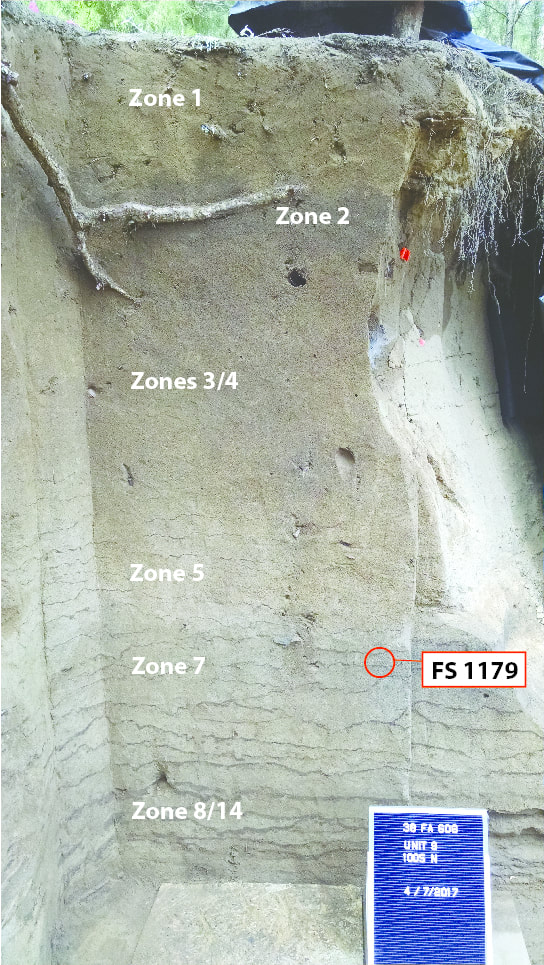
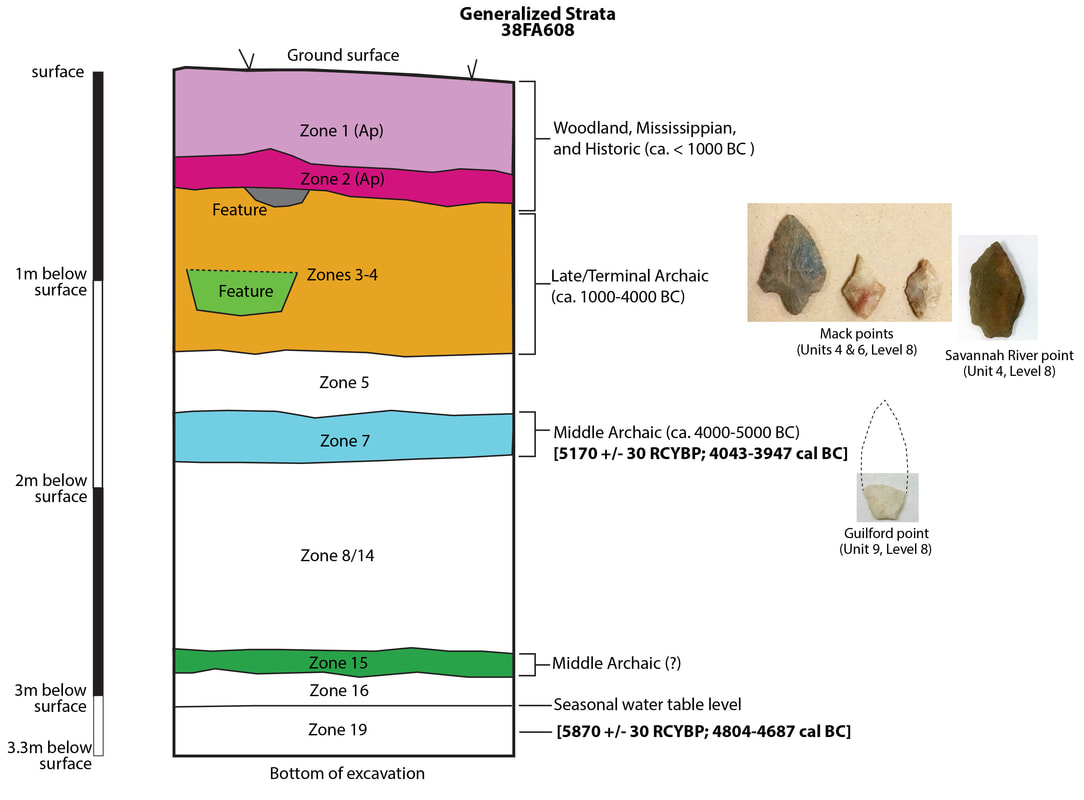
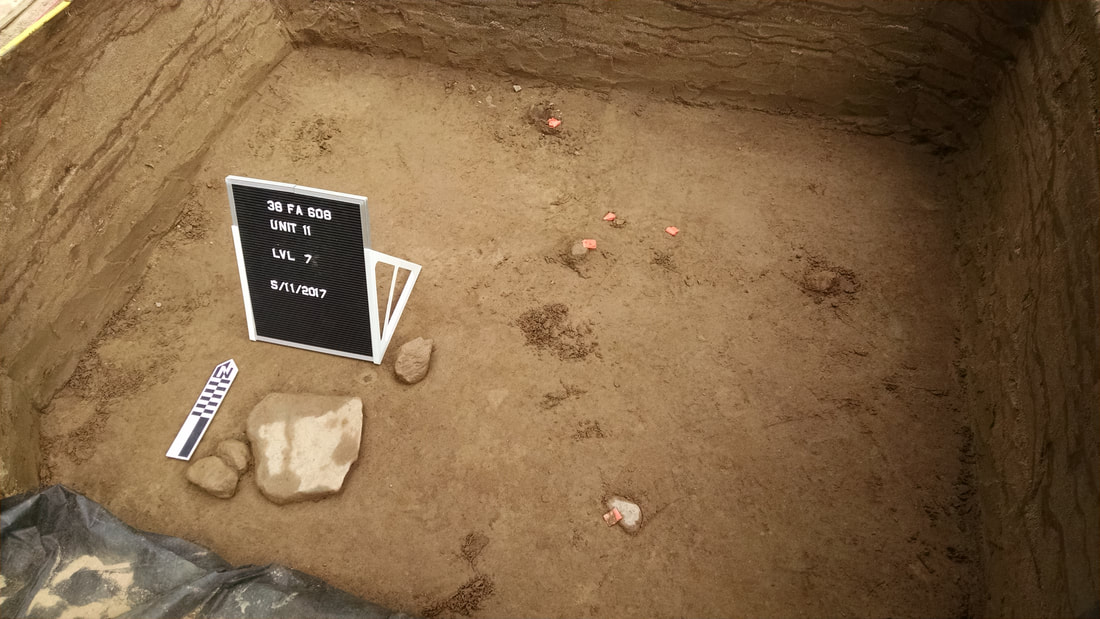
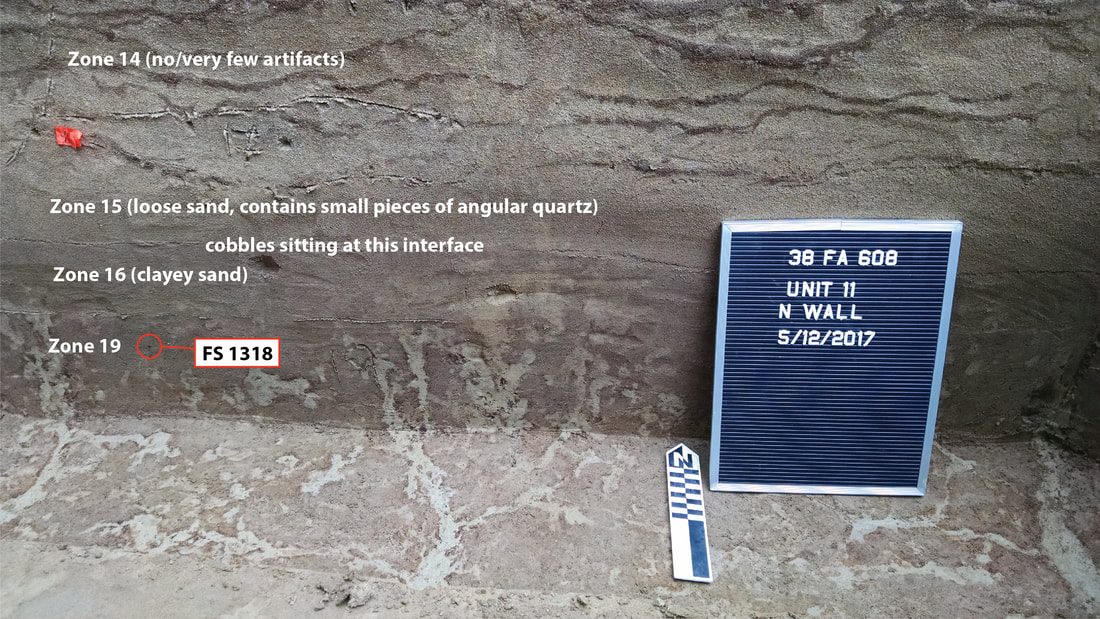
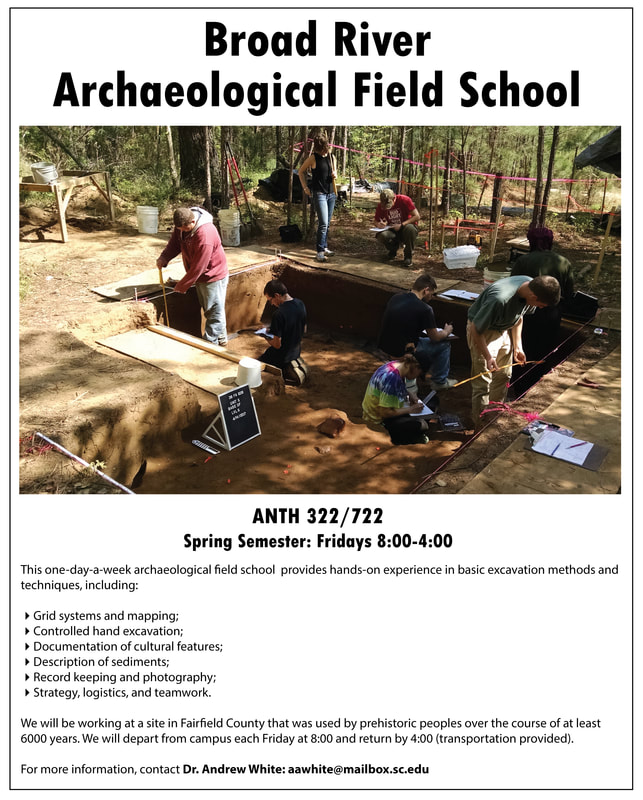
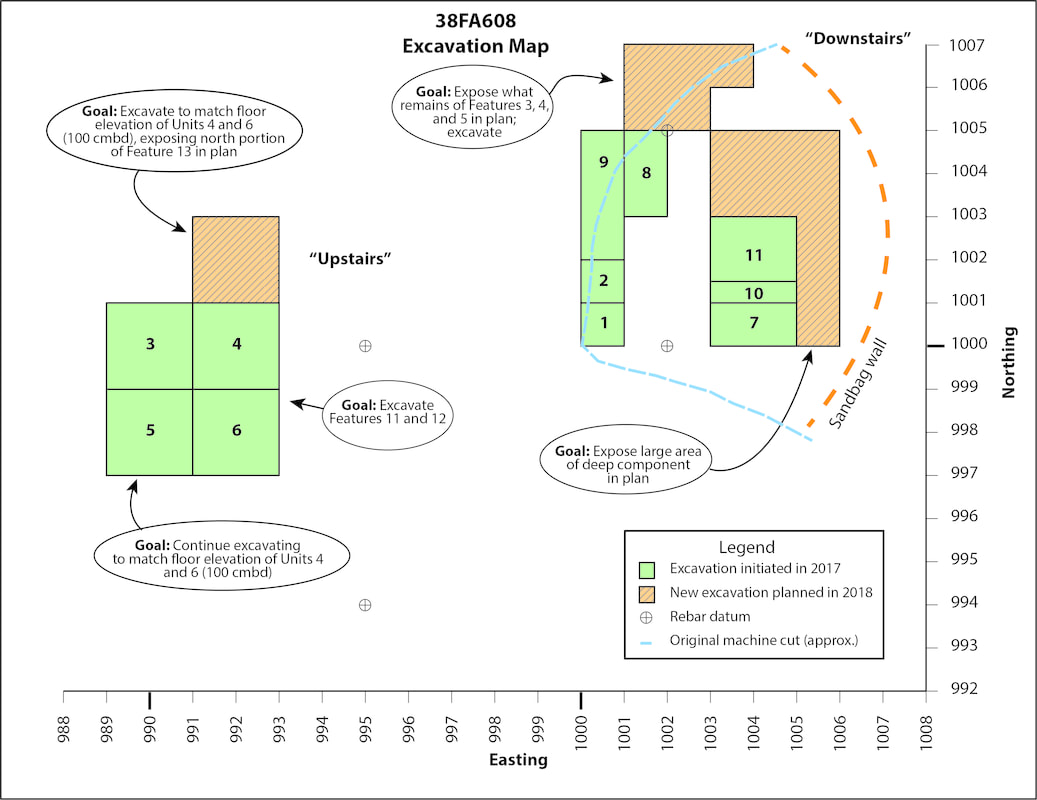
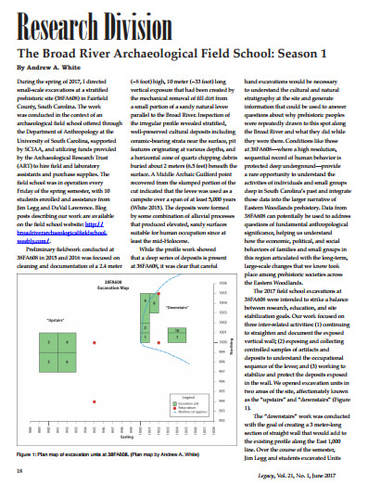
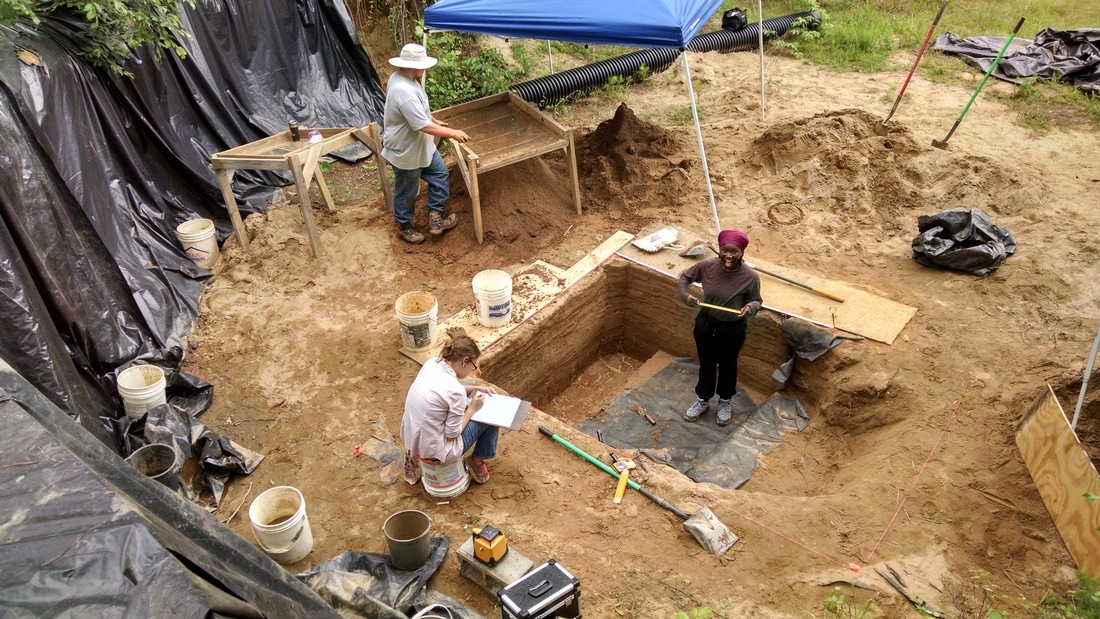
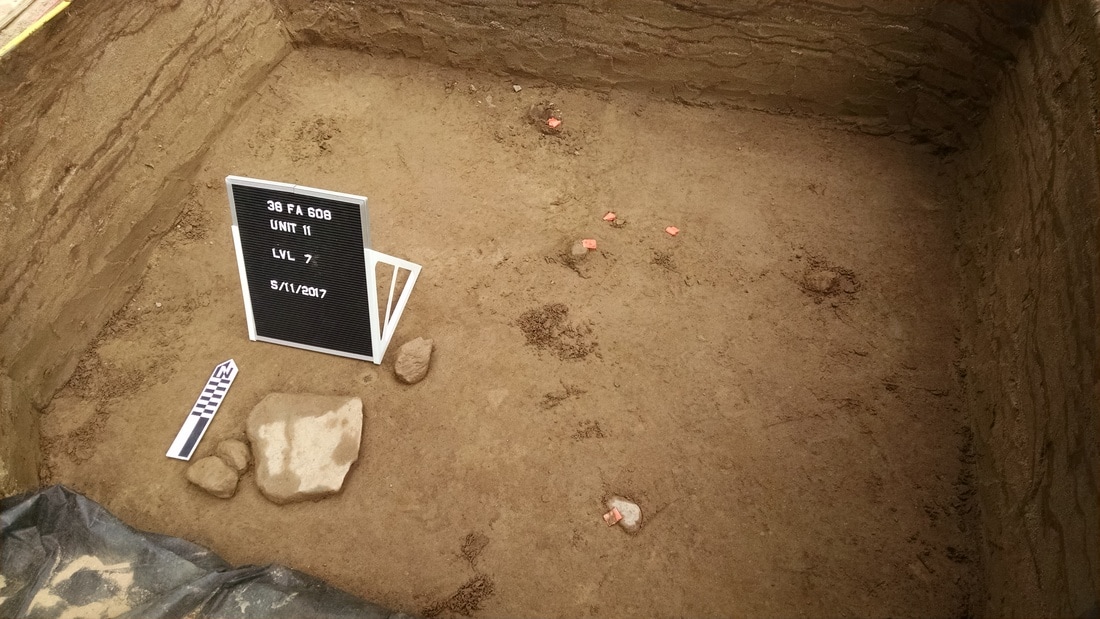
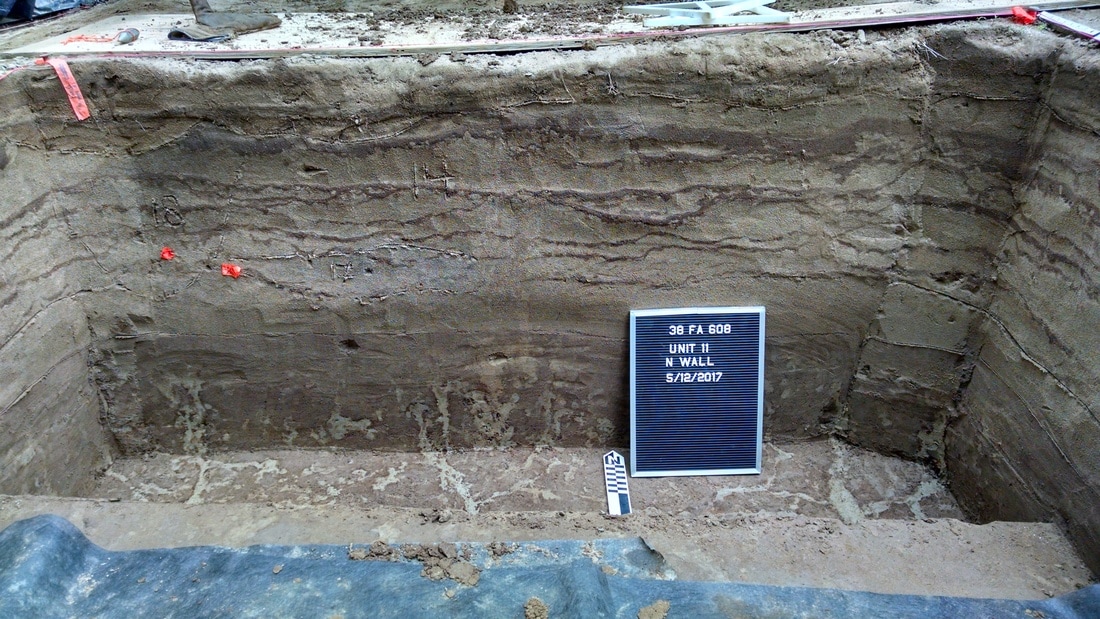
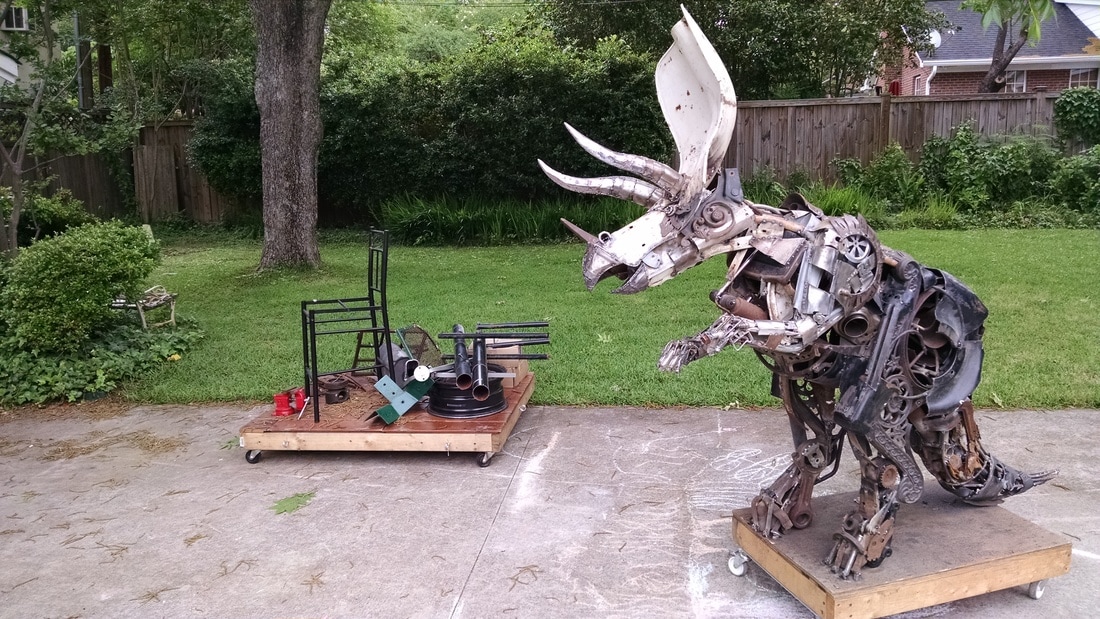
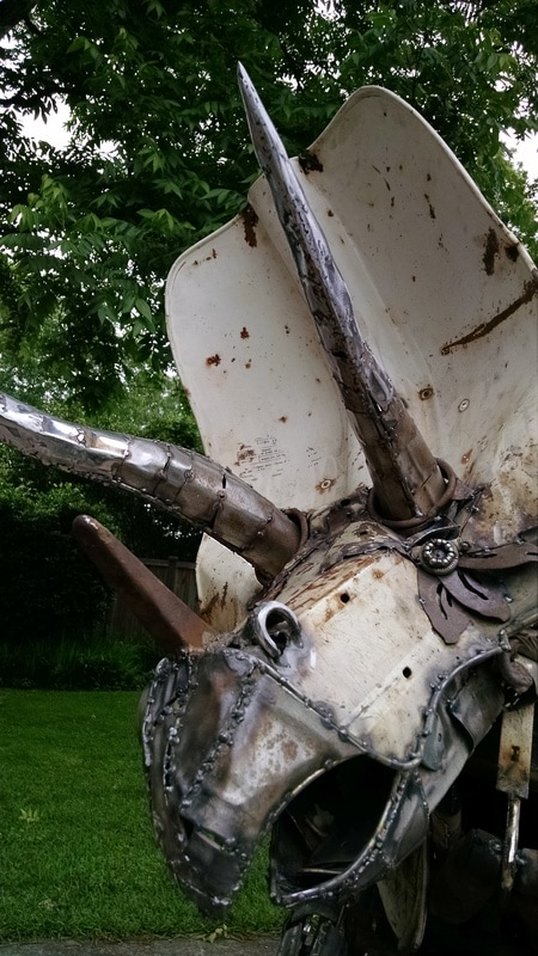
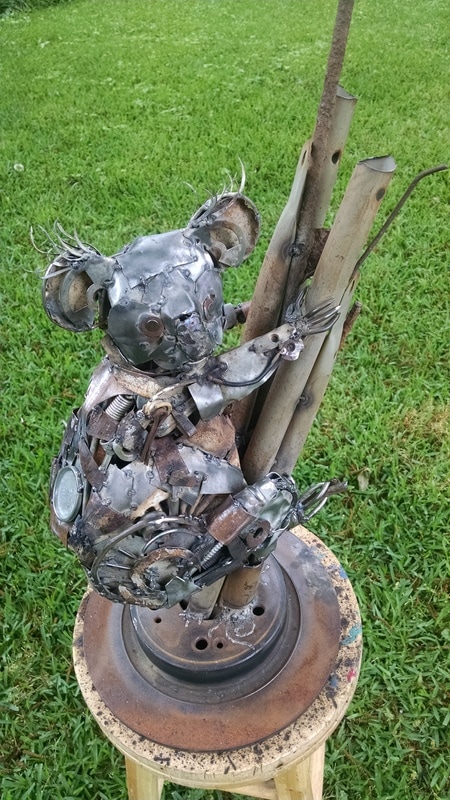
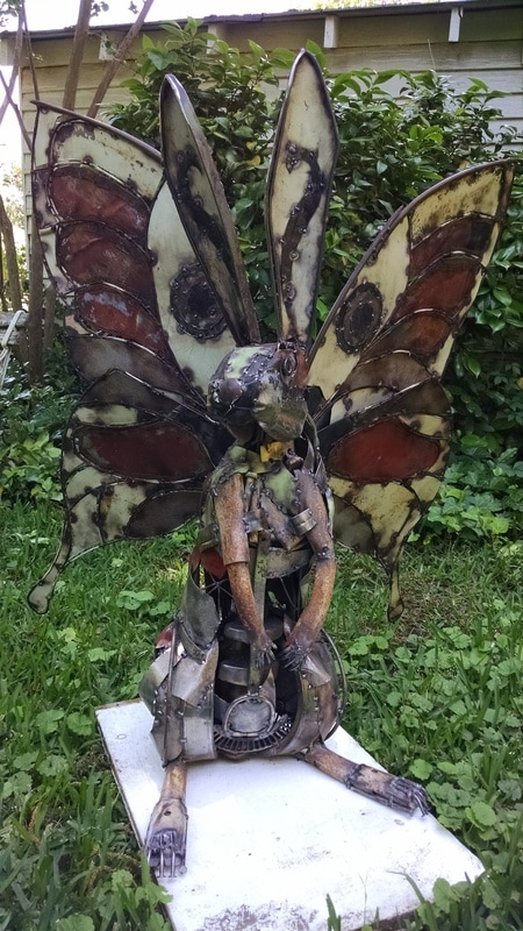
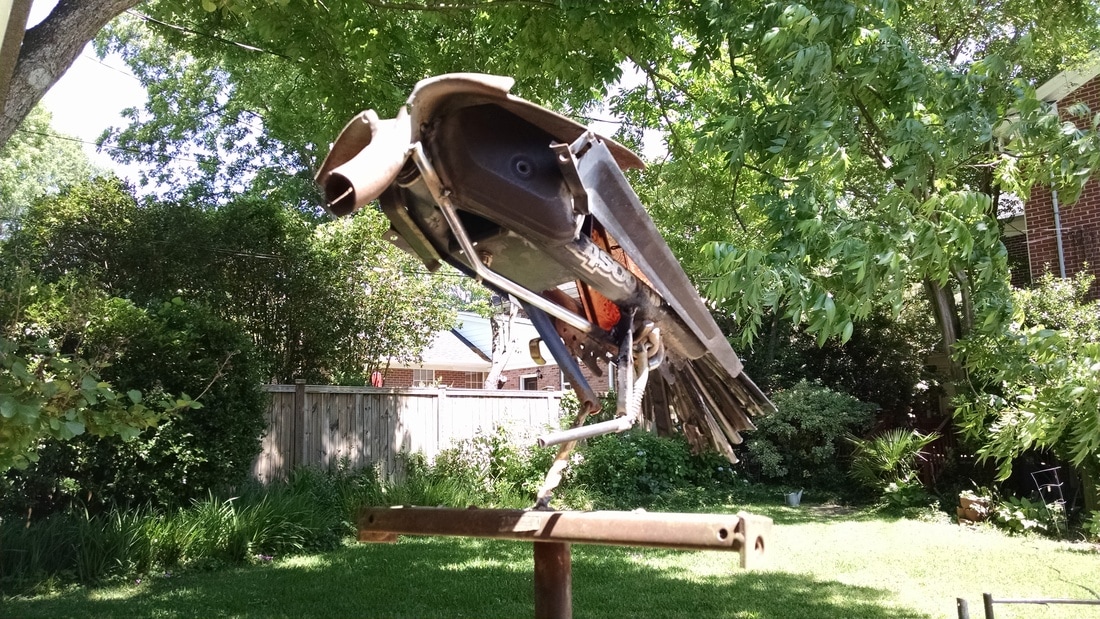

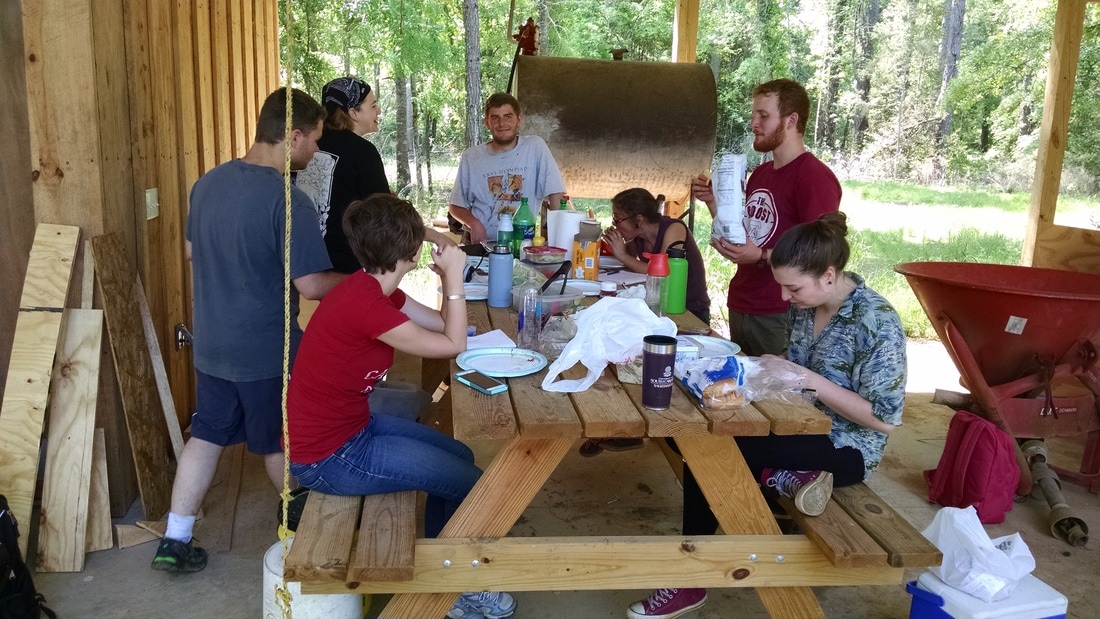
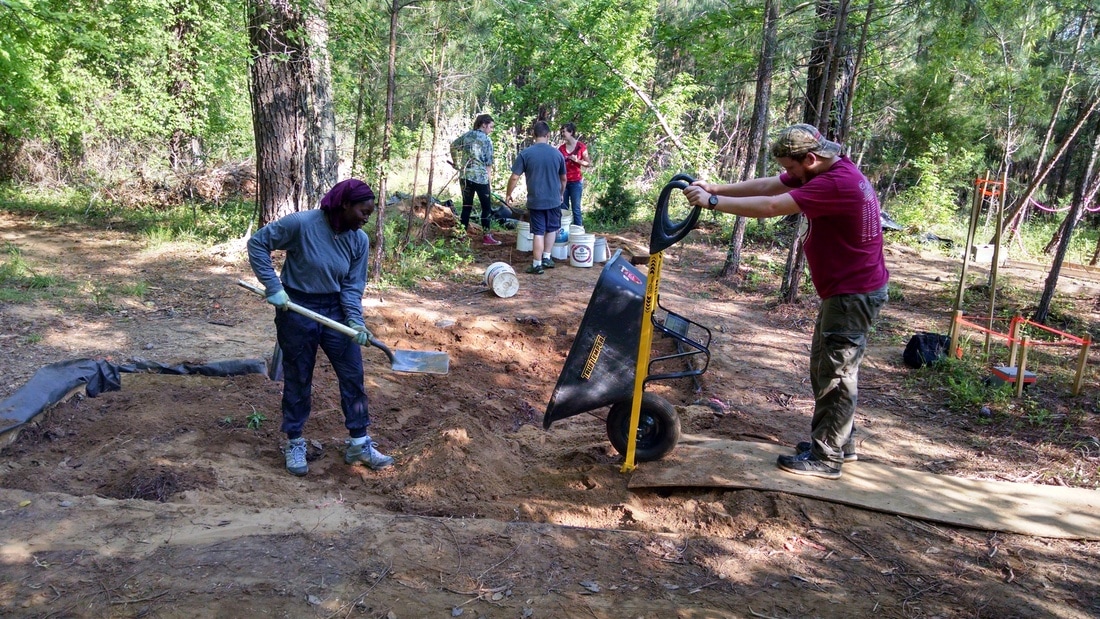
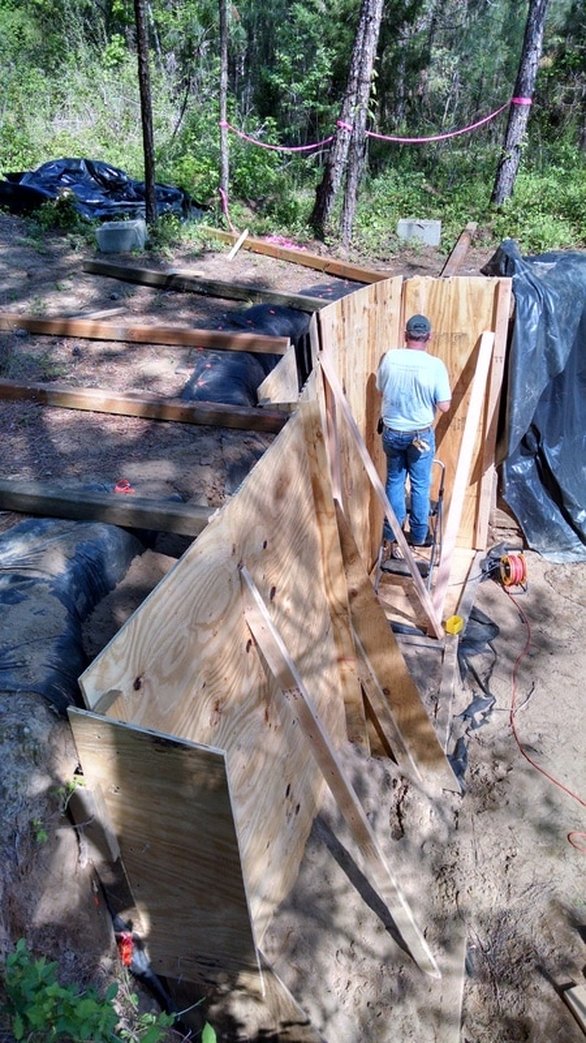
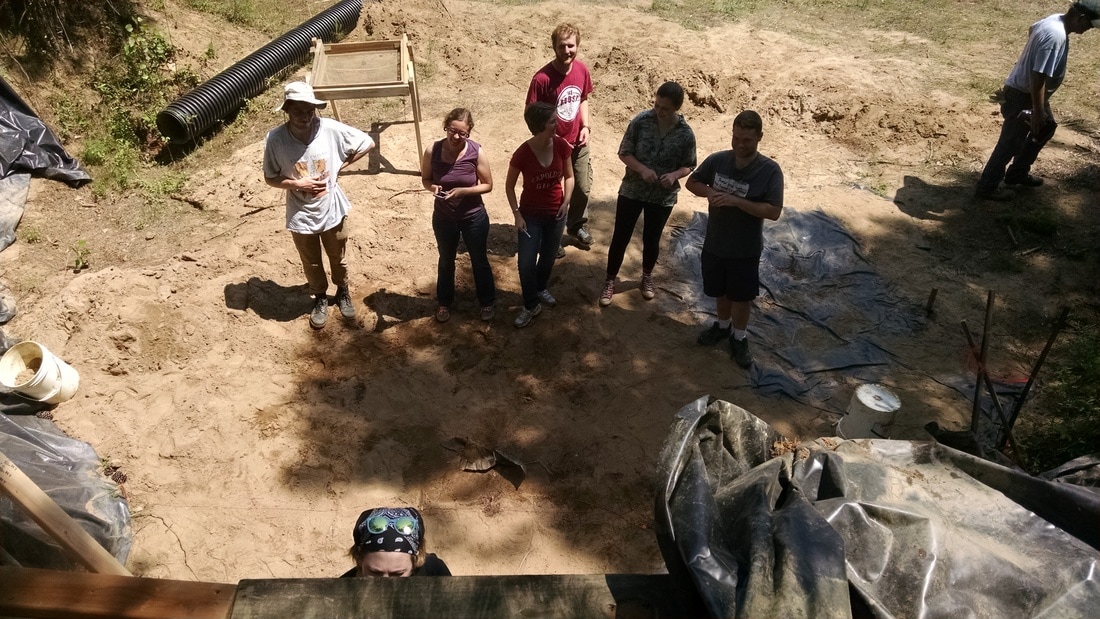


 RSS Feed
RSS Feed
